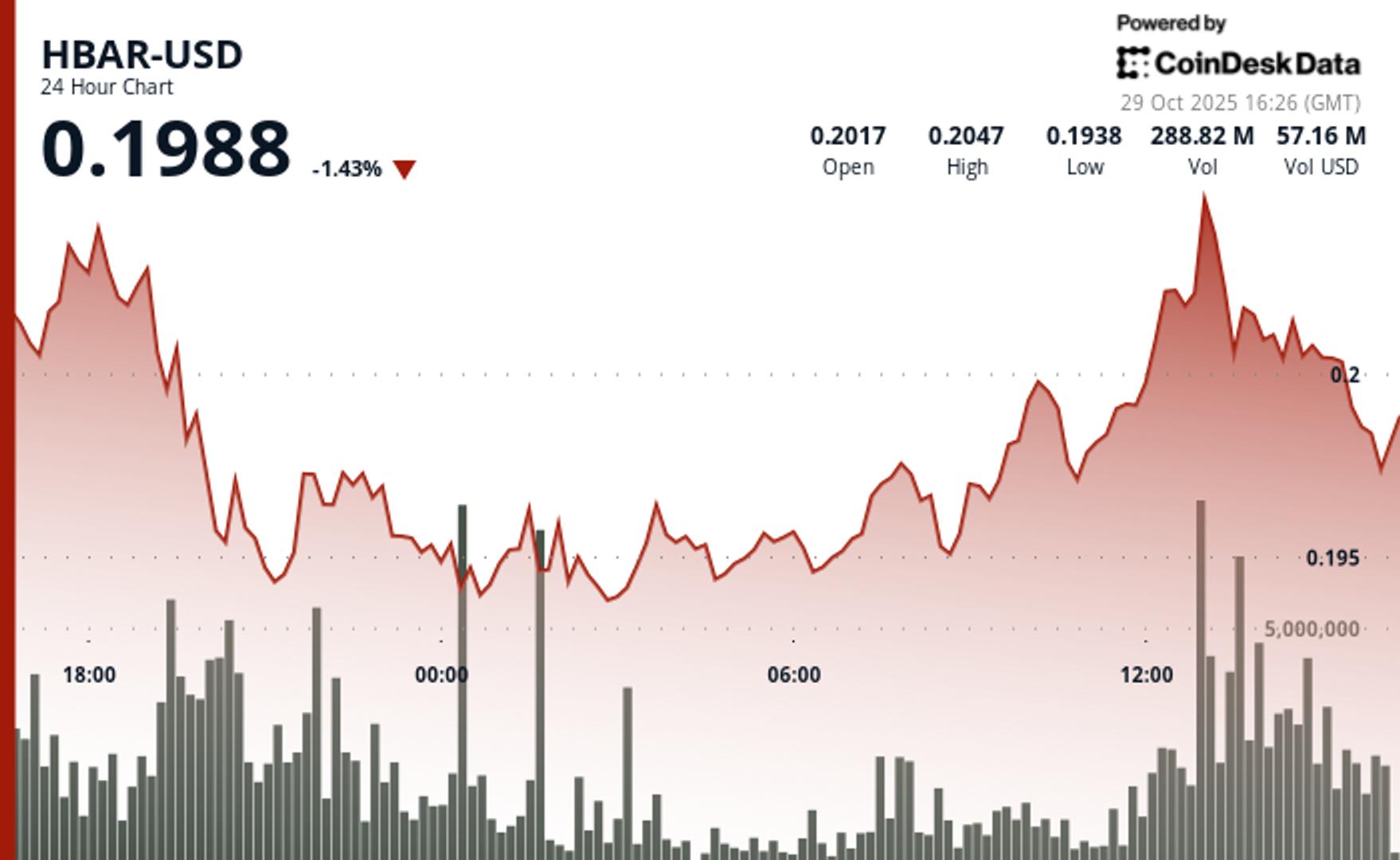US-traded spot Ethereum exchange-traded funds (ETFs) recorded persistent outflows during late September and mid-October, periods that coincided with relative weakness in the ETH/BTC ratio. Yet, non-US inflows and continued staking growth blunted the price impact, suggesting the headwind is episodic rather than structural. The question of whether ETF redemptions drive Ether’s underperformance against Bitcoin requires parsing flow data alongside derivatives positioning, staking supply sinks, and regional divergences. ETF creations and redemptions reflect authorized-participant activity rather than direct buying or selling, and their relationship to price is conditional on broader market structure, such as funding rates, basis spreads, and competing yield opportunities. The evidence shows outflow windows correspond to ETH/BTC softness when derivatives positioning turns negative, but staking inflows and European buying have repeatedly absorbed US selling pressure, limiting the transmission from flows to spot. Flow patterns and timing US spot Ether ETFs swung between heavy inflows in July and August and multi-week outflow periods in late September and mid-to-late October. The week ending Sept. 26 saw record US redemptions of approximately $796 million, concentrated in Grayscale’s ETHE as investors rotated to lower-fee products or exited positions entirely. Outflows resumed around Oct. 23-24, with the week ending Oct. 27 recording roughly $169 million in net redemptions across US Ether ETPs. Those periods aligned with ETH/BTC declines on a weekly close-to-close basis, supporting the hypothesis that flows carry a price signal. ETH/BTC declined during four net-outflow weeks with a –0.53 correlation between U.S. ETF flows and weekly ratio changes from late September through October. The opposite pattern appeared in early October. The week ending Oct. 6 brought approximately $1.48 billion in net inflows to the US. Ether ETFs during a broader risk-on environment, and ETH/BTC stabilized or ticked higher. That correlation between inflows and relative strength, and outflows and relative weakness, holds across the July-to-October window when aggregated to weekly frequency. However, the relationship is noisy at daily intervals and breaks down when regional or derivatives factors dominate. Non-US Ether exchange-traded products complicate the narrative. CoinShares data show Germany, Switzerland, and Canada absorbed Ether ETPs during mid-October US outflows, resulting in net global inflows in some weeks despite US redemptions. Hong Kong’s spot Ether ETFs remain smaller but add a second ex-U.S. data point as that market matures. The regional divergence implies US flows are necessary for price modeling but not sufficient, global demand can offset domestic selling, particularly when European investors view drawdowns as entry points. Derivatives amplify flow signals The relationship between ETF flows and ETH/BTC performance strengthens when derivatives position


